The Lucas Plan: What can it tell us about democratising technology today?
Thirty-eight years ago, a movement for ‘socially useful production’ pioneered practical approaches for more democratic technology development.
It was in January 1976 that workers at Lucas Aerospace published an Alternative Plan for the future of their corporation. It was a novel response to management announcements that thousands of manufacturing jobs were to be cut in the face of industrial restructuring, international competition, and technological change. Instead of redundancy, workers argued their right to socially useful production.
Around half of Lucas’ output supplied military contracts. Since this depended upon public funds, as did many of the firm’s civilian products, workers argued state support be better put to developing more socially useful products.
Rejected by management and government, the Plan nevertheless catalysed ideas for the democratisation of technological development in society. In promoting their arguments, shop stewards at Lucas attracted workers from other sectors, community activists, radical scientists, environmentalists, and the Left. The Plan became symbolic for a movement of activists committed to innovation for purposes of social use over private profit.
Of course, the world is different now. The spaces and opportunities for democratising technology have altered, and so too have the forms it might take. Nevertheless, remembering older initiatives casts enduring issues about the direction of technological development in society in a different and informative light: an issue relevant today in debates as varied as industrial policy, green and solidarity economies, commons-based peer-production, and grassroots fabrication in Hackerspaces and FabLabs. The movement for socially useful production prompts questions about connecting tacit knowledge and participatory prototyping to the political economy of technology development.
In drawing up their Plan, shop stewards at Lucas turned initially to researchers at institutes throughout the UK. They received three replies. Undeterred, they consulted their own members. Over the course of a year they built up their Plan on the basis of the knowledge, skills, experience, and needs of workers and the communities in which they lived. The results included designs for over 150 alternative products. The Plan included market analyses and economic argument; proposed employee training that enhanced and broadened skills; and suggested re-organising work into less hierarchical teams that bridged divisions between tacit knowledge on the shop floor and theoretical engineering knowledge in design shops.
The Financial Times described the Lucas Plan as, ‘one of the most radical alternative plans ever drawn up by workers for their company’ (Financial Times, 23 January 1976). It was nominated for the Nobel Peace Prize in 1979. The New Statesman claimed (1st July 1977) ‘The philosophical and technical implications of the plan are now being discussed on average of twenty five times a week in international media’. Despite this attention, shop stewards suspected (correctly) that the Plan in isolation would convince neither management nor government. Even leaders in the trade union establishment were reluctant to back this grassroots initiative; wary its precedent would challenge privileged demarcations and hierarchies.
In the meantime, and as a lever to exert pressure, shop stewards embarked upon a broader political campaign for the right of all people to socially useful production. Mike Cooley, one of the leaders, said they wanted to, ‘inflame the imaginations of others’ and ‘demonstrate in a very practical and direct way the creative power of “ordinary people”’. Lucas workers organised road-shows, teach-ins, and created a Centre for Alternative Industrial and Technological Systems (CAITS) at North-East London Polytechnic. Design prototypes were displayed at public events around the country. TV programmes were made. CAITS helped workers in other sectors develop their own Plans. Activists connected with sympathetic movements in Scandinavia and Germany.
The movement that emerged challenged establishment claims that technology progressed autonomously of society, and that people inevitably had to adapt to the tools offered up by science. Activists argued knowledge and technology was shaped by social choices over its development, and those choices needed to become more democratic. Activism cultivated spaces for participatory design; promoted human-centred technology; argued for arms conversion to environmental and social technologies; and sought more control for workers, communities and users in production processes.
Material possibilities were helped when Londoners voted the Left into power at the Greater London Council (GLC) in 1981. They introduced an Industrial Strategy committed to socially useful production. Mike Cooley, sacked from Lucas for his activism, was appointed Technology Director of the GLC’s new Greater London Enterprise Board (GLEB). A series of Technology Networks were created. Anticipating FabLabs today, these community-based workshops shared machine tools, access to technical advice, and prototyping services, and were open for anyone to develop socially useful prototypes. Other Left councils opened similar spaces in the UK.
Technology Networks aimed to combine the ‘untapped skill, creativity and sheer enthusiasm’ in local communities with the ‘reservoir of scientific and innovation knowledge’ in London’s polytechnics. Hundreds of designs and prototypes were developed, including electric bicycles, small-scale wind turbines, energy conservation services, disability devices, re-manufactured products, children’s play equipment, community computer networks, and a women’s IT co-operative. Designs were registered in an open access product bank. GLEB helped co-operatives and social enterprises develop these prototypes into businesses.
Recalling the movement now, what is striking is the importance activists attached to practical engagements in technology development as part of their politics. The movement emphasised tacit knowledge, craft skill, and learning by doing through face-to-face collaboration in material projects. Practical activity was cast as ‘technological agit prop’ for mobilising alliances and debate. Some participants found such politicisation unwelcome. But in opening prototyping in this way, activists tried to bring more varied participation into debates, and enable wider, more practical forms of expression meaningful to different audiences, compared to speeches and texts evoking, say, a revolutionary agent, socially entrepreneurial state, or deliberative governance framework.
Similarly today, Hackerspaces and FabLabs, involve people working materially on shared technology projects. Social media opens these engagements in distributed and interconnected forms. Web platforms and versatile digital fabrication technologies allow people to share open-hardware designs and contribute to an emerging knowledge commons. The sheer fun participants find in making things is imbued by others with excited claims for the democratisation of manufacturingand commons-based peer production. Grassroots digital fabrication (pdf) rekindles ideas about direct participation in technology development and use.
Wherever and whenever people are given the encouragement and opportunity to develop their ideas into material activity, then creativity can and does flourish. However, remembering the Lucas Plan should make us pause and consider two issues. First, the importance placed on tacit knowledge and skills. Skilful design in social media can assist but not completely substitute face-to-face, hand-by-hand activity. Second, for the earlier generation of activists, collaborative workshops and projects were also about crafting solidarities. Project-centred discussion and activity was linked to debate and mobilisation around wider issues.
With hindsight, the movement was swimming against the political and economic tide, but at the time things looked less clear-cut. The Thatcher government eventually abolished the GLC in 1986. Unionised industries declined, and union power was curtailed through legislation. In overseeing this, Thatcherism knowingly cut material and political resources for alternatives. In doing so, the diversity so important to innovation diminished. The alliances struck, the spaces created and the initiatives generated were swept aside as concern for social purpose became overwhelmed by neoliberal ideology. The social shaping of technology was left to market decision.
However, even though activism dissipated, its ideas did not disappear. Some practices had wider influence, such as in participatory design, albeit it in forms appropriated to the needs of capital rather than the intended interests of labour. Historical reflection thus prompts a third issue, which is how power relations matter and need to be addressed in democratic technology development. When making prototypes becomes accessible and fun then people can exercise a power to do innovation. But this can still struggle to exercise power over the agendas of elite technology institutions, such as which innovations attract investment for production and marketing, and under what social criteria. Alternative, more democratic spaces nevertheless for technology development and debate.
Like others before and since, the Lucas workers insisted upon a democratic development of technology. Their practical, material initiatives momentarily widened the range of ideas, debates and possibilities – some of which persist. Perhaps their argument was the most socially useful product left to us?
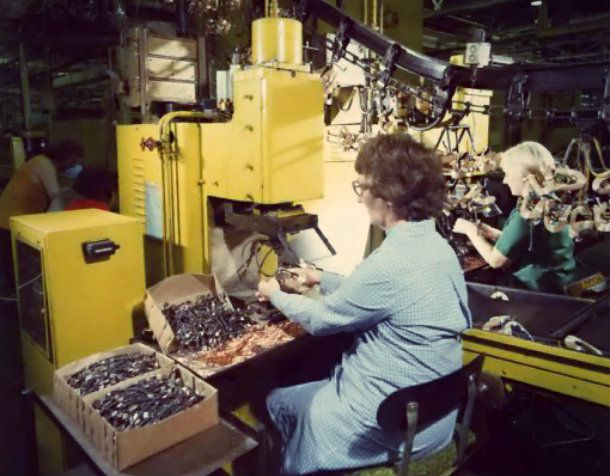
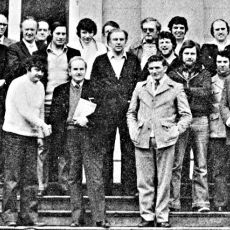
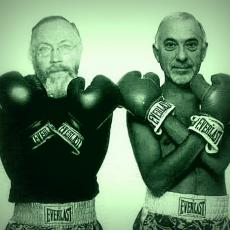

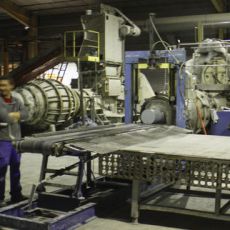
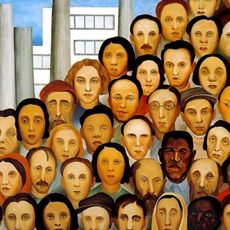
Comments
Post new comment